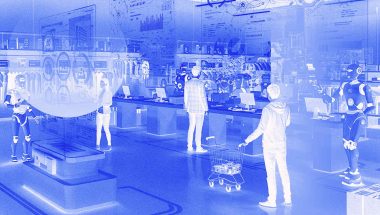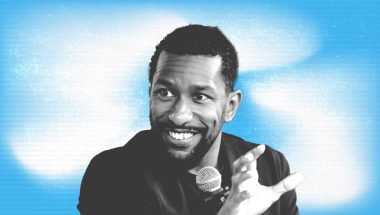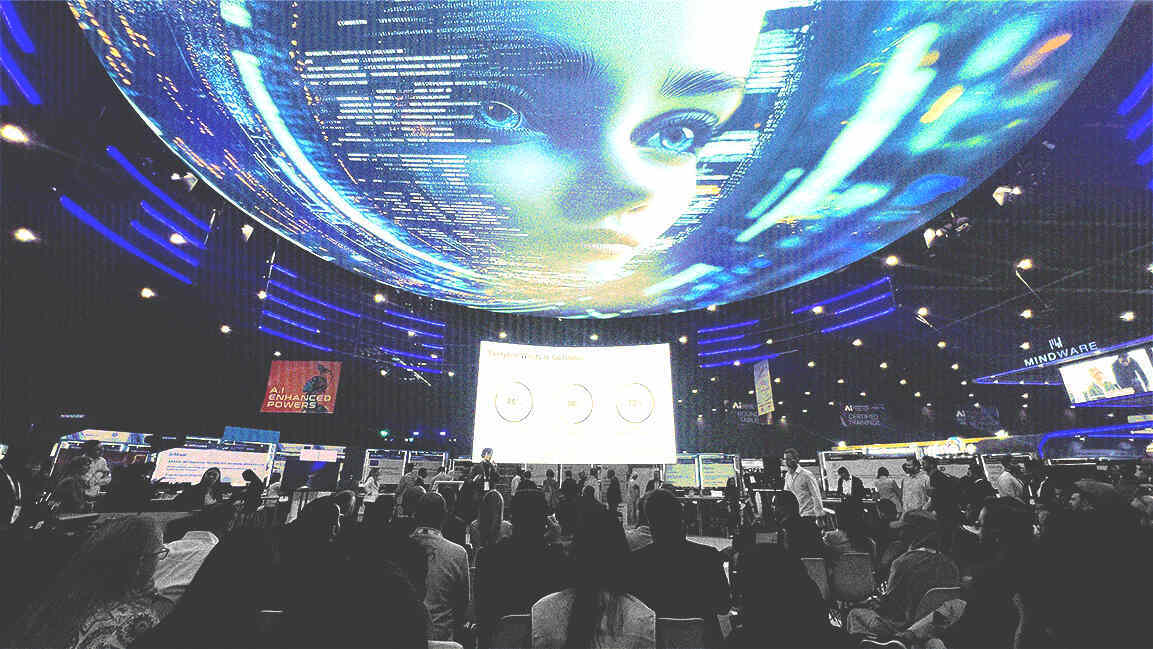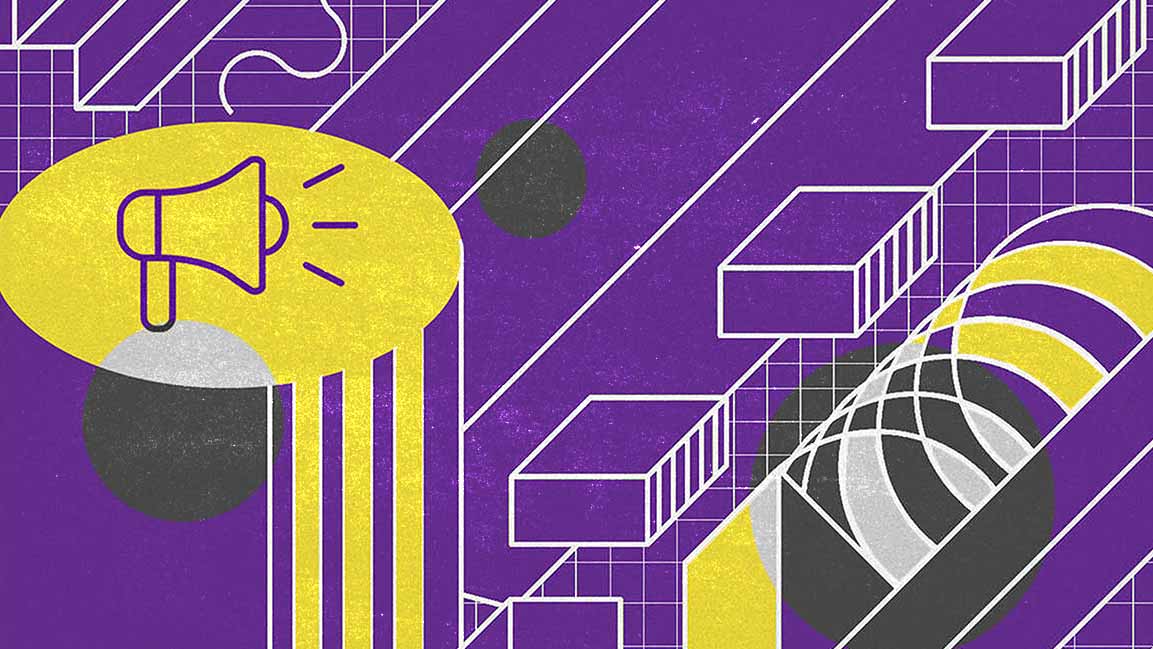- | 9:00 am
Ageism is prevalent in workplaces in the Middle East—but it can be overcome
The diverse perspectives brought by employees of different ages create a rich environment for innovation and problem-solving, say experts

Older workers are everywhere these days. And so is ageism. It can be subtle in a society that values youth, not only physically, but in these beliefs that everything “smart and innovative” is young. In hiring, it might surface in a job ad that seeks “digital natives.” It can crop up in daily office operations in a push to promote the “next generation,” negative evaluations, layoff threats, and demotions.
In the Middle East, despite the labor market being tight and flexible work practices more acceptable, age discrimination in the workplace prevails, and it needs to be addressed.
The UNDP reports that the Middle East’s elderly population will triple by 2050, making it all the more important to include older workers in the workforce.
“Despite a cultural narrative that emphasizes respecting and valuing older individuals, the realities of economic and social conditions, combined with a lack of awareness of older people’s rights, have led to widespread ageism, mistreatment, and abuse,” said Dr. Shereen Hussein, Founding Director of the Middle East and North Africa Research on Ageing Healthy Network, during the 13th session of the UN Open-Ended Working Group on Ageing.
Age discrimination can be subtle, says Dr. Mercedes Sheen, Head of the Psychology Department at the School of Social Sciences at Heriot-Watt University Dubai. It can mushroom in the form of excluding older employees from training, promotions, or leadership roles and also manifest in biased hiring practices that favor younger candidates.
Ageism in the workplace is not new, says Nathan Farrugia, Managing Director of Vistage, a Dubai-based executive coaching enterprise. The younger generation has always felt that the older ones needed to move aside and make way for their new ideas and ways of working.
“Interestingly, today I see a much stronger ‘reverse’ ageism with a lot of complaining by the older generation [often in a leadership role] of the Gen Z approach to work, their lack of commitment and resilience,” says Farrugia.
“This generational gap causes serious issues within an organization as it creates negative bias, decreases trust, and reduces engagement,” he adds.
Najat Abdelhadi, LinkedIn MENA’s career expert, says jobs are changing quickly, and the skill sets needed to do the same job are projected to change by 65% by 2030.
“The baby boomer generation faces professional challenges stemming from the rapid evolution of the world of work and perceived workplace notions, yet our research shows that their colleagues from other generations value their professional advice,” says Abdelhadi.
PARADOX OF AGE AND PERFORMANCE
According to a recent OECD report titled Meeting the World’s Midcareer Moment, individuals aged 45 and older struggle more than ever to secure entry-level or intermediate positions.
Although many employers believe these workers are less willing to learn new technologies and skills, the survey found, that when given the opportunity, older workers match or surpass the performance of their younger counterparts, with 89% of employers stating they perform equally or better and 83% acknowledging they learn just as quickly, if not faster.
Dr. Sheen emphasizes that older workers encounter significant employability challenges due to stereotypes that portray them as “less innovative,” “more resistant to change,” or “physically unable to meet job demands.”
These misconceptions can severely limit job opportunities, even for highly experienced and qualified individuals. Dr. Sheen notes that, in addition to these biases, older employees often struggle to find positions that provide the flexibility they may require as they near retirement.
As the younger generation takes on more prominent roles, they begin to reshape the world according to their mindset and skillset, mainly through rapid digitization.
“While transformation is not new, its pace is faster than ever, which can be daunting for older employees who are not accustomed to such speed,” says Farrugia.
“Our brains create patterns of thought—habits—that are hard to break, especially for older individuals whose neural pathways have become deeply ingrained,” he adds.
Cultural change is sometimes the reason why older generations are left behind. “As a result, they may become bitter, complain, or even sabotage change to keep things as they were used to and cope or continue to thrive. As a result, they are overlooked for new roles and leading change, pushed aside so they don’t slow things down,” says Farrugia.
BENEFITS OF MULTIGENERATIONAL WORKFORCE
Creating and maintaining an age-diverse workforce is good for business. “When an organization fails to recognize the value of its older employees, it risks losing institutional knowledge, mentorship potential, and a diverse perspective that only comes with experience,” says Dr. Sheen.
A multigenerational workforce offers numerous benefits that can significantly enhance an organization’s performance and culture. The diverse perspectives brought by employees of different ages create a rich environment for innovation and problem-solving.
Ageism is pernicious and pervasive, but it can be easily shifted.
“Organizations must understand that older employees, like their younger counterparts, can become disengaged if they are stuck performing the same tasks daily without opportunities for growth or change,” says Dr. Sheen. “They expect their dedication and efforts toward self-improvement to be recognized and rewarded.”
When pursuing a multigenerational workforce, organizations must play to people’s strengths. “Wisdom requires time, so older people have more experience. Tapping into this will give the individual a sense of purpose and fulfillment, feeling respected as a contributor. This benefits the business as we avoid painful pitfalls or costly rework,” says Farrugia.
Hiring an older team member and then confining them to a stagnant role with limited prospects for advancement is not genuine progress. “Offering promotions to the most deserving individuals, regardless of age, is essential in creating a genuinely age-inclusive workplace,” says Dr. Sheen.
Furthermore, roles need to be created based on strengths rather than age. “We need to ‘carve’ roles within the business that play to the strengths of our elders, such as advisory roles, mentorships, and sounding boards to avoid losing this wealth of knowledge we have at hand,” says Farrugia.
Organizations have a role in encouraging lifelong learning for older employees eager to acquire new skills. “We need to invest in up-skilling individuals who want to continue to learn and help them keep up with the digital revolution, but more importantly, we need to respect the fact that they were once ‘us,’ the new generation and the cycle just repeats itself,” adds Farrugia.
Furthermore, he suggests ‘reverse mentoring,’ where new generation employees’ buddy’ with older ones to share skills and knowledge and learn from each other. “Everyone has the potential to contribute if we allow them to find the right role.”
Moreover, having employees at various stages of their careers ensures a balance between enthusiasm and stability.
Agreeing with Farrugia, Abdelhadi says the older generation is well placed to help colleagues develop specific skills, set career goals to grow professionally, and connect them to other professionals and opportunities.
In addition, Abdelhadi says that approximately 42% of professionals in the UAE and Saudi Arabia, above 55, believe that other generations have misconceptions about their generation’s attitude toward work. “Research also shows that professionals from other generations highly value the advice of older professionals. Almost three-quarters of professionals in the UAE and Saudi Arabia would approach a baby boomer for professional advice,” Abdelhadi adds. The topics that professionals seek advice from older colleagues are hard skills (54%), soft skills (48%), and building a career/setting goals (46%).
An organization that values a multigenerational workforce encourages a culture of respect and understanding across age groups, leading to higher employee engagement, lower turnover rates, and a stronger, more cohesive team.
“A workplace that values all employees, regardless of age, nurtures inclusivity, innovation, and loyalty. By embracing age diversity, organizations can benefit from a wide range of skills and experiences, leading to better decision-making and more robust performance,” says Dr. Sheen.







































